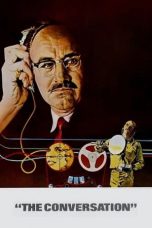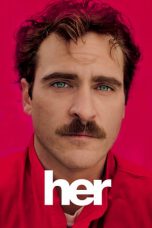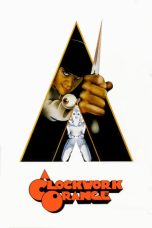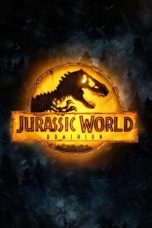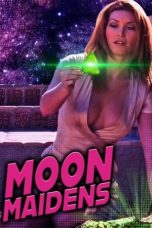- Source: 1851 in science
The year 1851 in science and technology involved some significant events, listed below.
Astronomy
February – First public exhibition of a Foucault pendulum, at the Meridian of the Paris Observatory, demonstrating the Earth's rotation. A few weeks later Foucault installs one at the Panthéon.
July 28 – Solar eclipse of July 28, 1851: Total solar eclipse. The first correctly exposed photograph, a daguerrotype, of the solar corona is made during the total phase of the eclipse by Berkowski at Koenigsberg Observatory in Prussia. Astronomers Robert Grant and William Swan (of the United Kingdom) and Karl Ludwig von Littrow (of Austria) observe this eclipse and determine that solar prominences are part of the Sun because the Moon is seen to cover and uncover them as it moves in front.
October 24 – Ariel and Umbriel, moons of Uranus, were discovered by William Lassell.
The William Brydone Jack Observatory is completed at Fredericton, New Brunswick.
Chemistry
March – English sculptor Frederick Scott Archer makes public the wet plate collodion photographic process.
Julius Pintsch produces Pintsch gas.
Charles-Adolphe Wurtz produces compound ureas.
History of science and technology
George Wilson publishes The Life of the Hon. Henry Cavendish.
Mathematics
Eugène Prouhet first applies the Thue–Morse sequence to number theory.
Bernhard Riemann provides a proof of Green's theorem in his inaugural dissertation.
Medicine
The Royal Marsden is established as the Free Cancer Hospital by surgeon William Marsden in London, the world's first specialist cancer hospital.
The Keratometer is invented by the German physiologist Hermann von Helmholtz.
Physics
Hippolyte Fizeau carries out the Fizeau experiment to measure the relative speeds of light in moving water.
Technology
November 13 – First protected submarine telegraph cable laid, across the English Channel.
William Armstrong introduces the weight-loaded hydraulic accumulator.
Awards
Copley Medal: Richard Owen
Wollaston Medal for geology: Adam Sedgwick
Births
January 19 – Jacobus Kapteyn (died 1922), Dutch astronomer.
February 15 – Spiru Haret (died 1912), Romanian mathematician, astronomer and politician.
March 16 – Martinus Beijerinck (died 1931), Dutch microbiologist and botanist.
April 12 – E. Walter Maunder (died 1928), English astronomer.
July 8 – Arthur Evans (died 1941), English archaeologist.
July 20 – Arnold Pick (died 1924), Jewish Czech neurologist.
August 3 – George FitzGerald (died 1901), Irish mathematician.
September 21 – Fanny Searls (died 1939), American doctor and botanist.
September 23 – Ellen Hayes (died 1930), American mathematician and astronomer.
Deaths
January 27 – John James Audubon (born 1785), naturalist and illustrator.
February 18 – Carl Gustav Jakob Jacobi (born 1804), mathematician.
March 9 – Hans Christian Ørsted (born 1777), physicist.
July 6 – Thomas Davenport (born 1802), electrical engineer.
July 17 – John Farey (born 1791), mechanical engineer and technical writer.
September 2 – William Nicol (born 1770), geologist.
References
Kata Kunci Pencarian:
- Bachelor of Science
- Selandia Baru
- James Prescott Joule
- Indonesia
- Amerika Serikat
- Baja Damaskus
- Majapahit
- Robot humanoid
- Australia
- Satelit Uranus
- 1851 in science
- 1851 in archaeology
- 1851
- 1851 Research Fellowship
- Royal Panopticon of Science and Art
- Foucault pendulum
- Great Exhibition
- Heat death of the universe
- 1851 in paleontology
- 1851 in architecture
- 1
- 2
Her (2013)
A Clockwork Orange (1971)
2001: A Space Odyssey (1968)
The Ritual (2017)
No More Posts Available.
No more pages to load.
